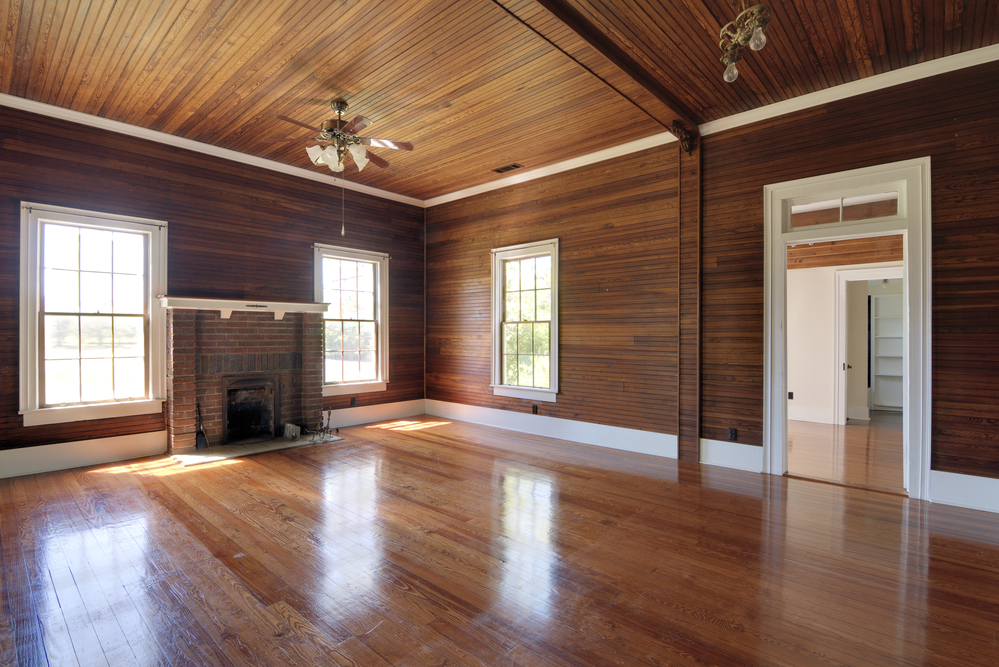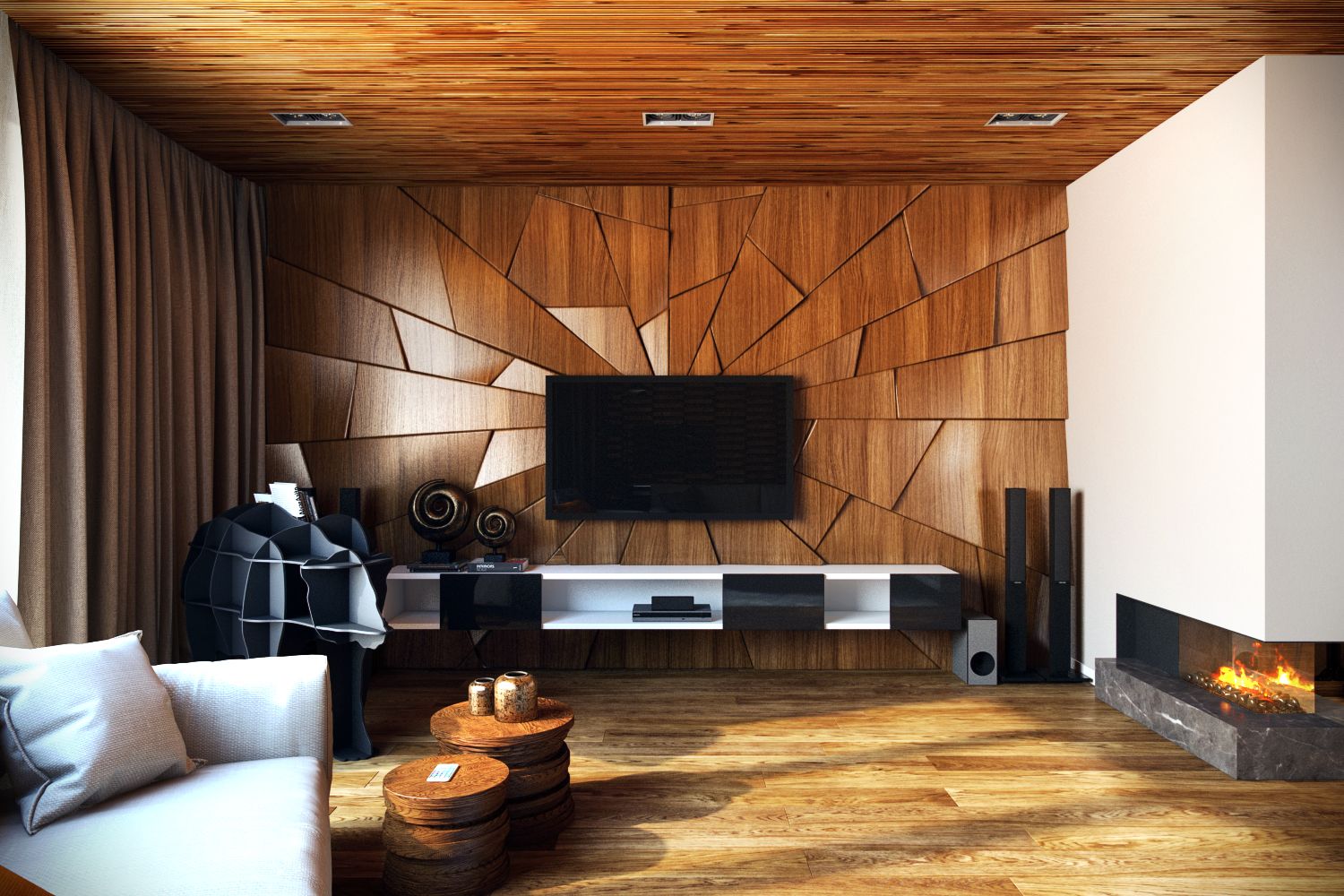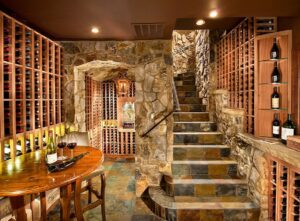
For us, these are not panels but lining. However, the essence does not change from different names, and we do not know how to use boards that fit each other appropriately. Well, let’s get inspired.
Wooden boards that have undergone multi-stage processing and are called the word “lining,” which is well known to the Russian ear, have gained incredible popularity among summer residents and owners of country houses.
This popularity is logical and straightforward: the lining is environmentally friendly, durable, and inexpensive. However, what we do with it completely devalues all its apparent advantages. The continuous coverage of the walls, floor, and ceiling with lacquered clapboard turns any, even the most thoughtful interior, into a kind of sauna. So what do you do? We have some ideas for you.
1. Fill the Application

To begin with, let’s decide where exactly we will have a lining: everywhere – this is not the answer. Instead, the answer is wrong. The best option is to choose one accent wall, cover the ceiling or door with a clipboard.
2. Change the Geometry

It is high time to move from the boring vertical to new directions. Horizontal is not the most logical solution here, although it’s also not bad. How do you like the 45-degree positioning option?
3. Paint

White is, of course, the most logical option, but if you decide on a less neutral palette, you can transform even the most straightforward option in the least costly way.
4. Stain

You can tint, reveal the texture and at the same time protect the lining from unexpected arthropod guests with the help of stain. The resulting result is a dark textured wood that no one can call clapboard, and these are full-fledged wall panels.
5. Panel

Modern materials allow you to transfer images to almost any surface effortlessly. How do you like the opportunity to get hold of your portrait on a clapboard wall? Impressive, right?






